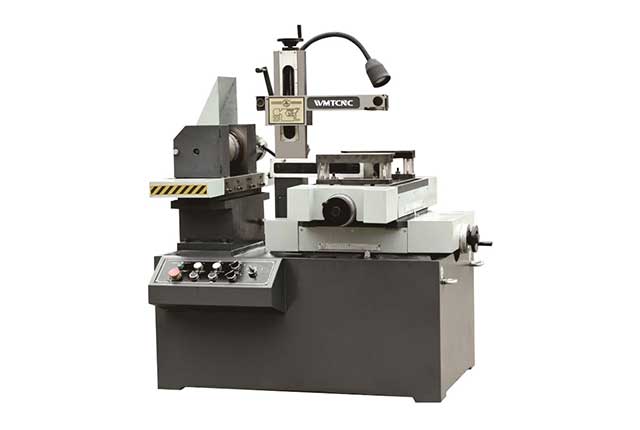WMT CNC Industrial Co., Ltd | All Rights Reserved.Design & Developed by VW Themes

Electrical discharge machining, or EDM, is a non-traditional method in which material is removed from a workpiece using thermal energy. Much like processes such as laser cutting, EDM does not need mechanical force in the removal process. This is the reason why it is considered non-traditional contrary to, for example, the processing with cutting tools.
In tool and mould making, EDM is very popular due to its applicability especially for hard materials like titanium or for particularly complex shapes that are hard to achieve with milling.
Invented in the 1940s, EDM is a very early non-traditional process. Combined with computer numeric controls (CNC), it has become an accurate and reliable machining method that is now standard among more conventional cutting methods. It is particularly popular for small-volume productions such as prototypes. Various processes are possible with electrical discharge machining, including turning, milling, grinding and small hole drilling. Besides die and mould-making, EDM is typically applied in the automotive and aerospace industry, for example, in the production of aircraft engines.
In practical terms, electrical discharge machining overcomes a major issue found in contact machining: hardness. In traditional processes, metal workpieces are made from special grades of hardenable tool steels machined in an anneal of soft state to facilitate cutting.
One the desired shape has been machined, the parts are then hardened by one or more heat treatments. This adds time, cost and can alter the finished parts’ dimensions, especially if the heat treatment process is not properly controlled. The advantage of EDM is that it can cut hardened materials and exotic alloys while also providing excellent surface finishes as a bonus. The result is often a reduced need for post-processing or surface treatment.